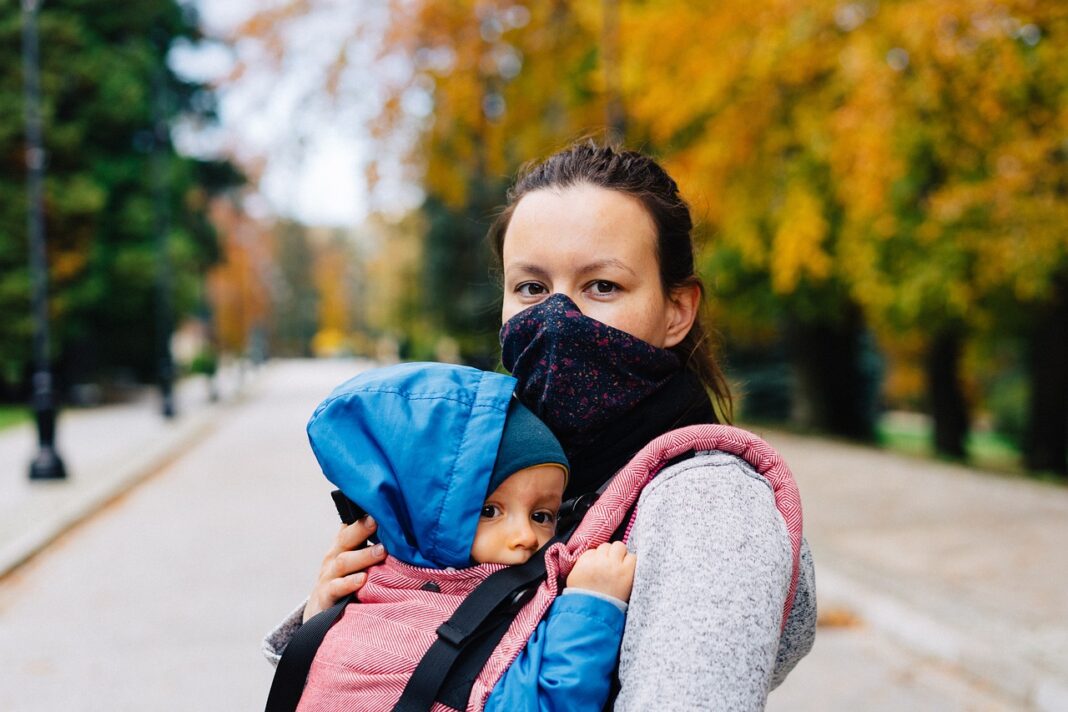Every parent’s greatest concern is the safety and well-being of their child. Unfortunately, accidents and emergencies can occur anytime, no matter how careful we are. From minor scrapes to serious injuries, children are more prone to accidents due to their natural curiosity and developing coordination. This is why enrolling in a Childcare First Aid Course has become essential for anyone responsible for young ones.
In this post, we’ll explore the importance of child-specific first aid training, highlight key topics covered in these courses, and explain how understanding Basic First Aid can make a critical difference. Additionally, we’ll discuss how modern techniques and tools are now offering faster test results, ensuring timely and effective treatment.
Why Childcare First Aid is Crucial for Parents and Caregivers
Children, especially infants and toddlers, are at a greater risk of choking, falls, burns, and poisoning. They rely on the adults around them for safety, so knowing Basic First Aid is essential for anyone who interacts with children regularly. Caregivers with first aid knowledge are better prepared to handle emergencies, provide immediate care, and minimize harm before professional help arrives.
Emergency services may not always be able to respond immediately, especially in remote areas. Having trained parents, teachers, babysitters, and nannies can bridge the gap between the onset of an incident and professional intervention, ensuring children receive timely care.
What is a Childcare First Aid Course?
A Childcare First Aid Course is a specialized training program designed to equip individuals with the skills and knowledge to handle common health emergencies involving children. While traditional first aid training focuses on general situations, childcare-specific courses emphasize the unique needs of infants and children, whose anatomy and response to medical interventions differ from adults.
Key Features of a Childcare First Aid Course:
- Age-specific techniques: Adjusted to meet the physiological needs of infants, toddlers, and young children.
- Emergency CPR for children: Cardiopulmonary Resuscitation (CPR) protocols vary based on the size and lung capacity of children.
- Management of choking hazards: Children, particularly those under five, are at high risk of choking on small objects or food.
- Basic First Aid for injuries: This includes treating wounds, burns, cuts, and fractures.
- Handling allergic reactions: Recognizing and responding to anaphylaxis, a life-threatening allergic reaction.
- Faster test results through modern tools: Some courses now introduce rapid diagnostic methods to monitor vitals like oxygen levels and glucose for faster decision-making.
These courses can be completed in-person or online, offering flexibility to parents and caregivers with busy schedules. Certificates are typically issued upon completion, providing reassurance that participants have acquired the essential skills.
How Basic First Aid Saves Lives and Prevents Complications
Understanding Basic First Aid is more than just addressing injuries—it’s about knowing how to act quickly and decisively to prevent escalation. In cases like choking, a few seconds can mean the difference between life and death. Similarly, for cuts or burns, immediate care reduces the risk of infection or long-term damage.
Basic First Aid for children includes the following critical skills:
1. CPR for Infants and Children
Knowing how to properly perform CPR can restore breathing and circulation in an emergency. For infants, CPR involves gentle compressions with two fingers, whereas children over one year require compressions with one or both hands depending on their size.
2. Managing Choking
The Heimlich maneuver is adjusted for children to prevent injury. For infants under one year, back slaps and chest thrusts are recommended instead of abdominal thrusts.
3. Wound Care and Bleeding Control
Whether it’s a minor scrape or a deep cut, knowing how to clean a wound, stop the bleeding, and apply dressings is essential. In more severe cases, applying pressure to control blood loss until help arrives is crucial.
4. Burns and Scalds
Immediate cooling of the burn under running water for at least 10 minutes minimizes tissue damage. Recognizing the severity of the burn helps determine whether hospital care is required.
5. Faster Test Results with Modern Tools
Some childcare first aid programs now introduce portable devices for faster test results. For example, finger-prick devices for checking glucose levels in children with diabetes or pulse oximeters to monitor oxygen levels during asthma attacks. These tools allow caregivers to make quicker decisions and communicate more effectively with emergency responders.
The Emotional and Psychological Benefits of First Aid Training
Apart from physical safety, childcare first aid training empowers caregivers to remain calm under pressure. In an emergency, children often mirror the emotions of adults around them. A parent or caregiver trained in Basic First Aid is more likely to stay composed, providing comfort to the injured child and helping others remain calm.
This sense of control and preparedness reduces anxiety for parents, knowing they have the skills to protect their child. Furthermore, older children can be taught basic first aid, fostering confidence and self-awareness from a young age.
Incorporating First Aid into Childcare Settings
First aid training isn’t just for parents—it’s crucial for all individuals and institutions that care for children, including:
- Schools and daycares: Teachers and staff should be trained to handle emergencies until professional help arrives.
- Babysitters and nannies: Caregivers need the skills to manage emergencies when parents aren’t present.
- Sports coaches: Children involved in physical activities are at higher risk of injuries and accidents.
- Parents of children with medical conditions: Those with asthma, diabetes, or severe allergies benefit significantly from caregivers who understand their unique needs.
Many childcare centers now require staff to complete first aid training as part of their employment requirements, ensuring that children are always in safe hands.
Choosing the Right Childcare First Aid Course
When selecting a childcare first aid course, consider the following:
- Accreditation: Ensure the course is accredited by recognized health organizations or local authorities.
- Comprehensive curriculum: It should cover all critical topics, including Basic First Aid, CPR, choking, and allergic reactions.
- Practical experience: Look for courses that offer hands-on training to practice CPR and other essential skills.
- Certification and renewal: Check if the course provides certificates upon completion and if periodic recertification is required to maintain skills.
- Incorporation of modern tools: Some courses now integrate equipment that offers faster test results, giving caregivers an added edge in emergencies.
Preparedness is the Key to Safety
In today’s unpredictable world, childcare first aid training is not just a precaution but a necessity. Every parent, teacher, and caregiver should know how to respond to accidents or health crises involving children. These skills provide a crucial safety net, ensuring that emergencies are managed effectively, and children receive the best possible care before medical help arrives.
The knowledge of Basic First Aid, coupled with access to modern diagnostic tools for faster test results, allows caregivers to act swiftly and confidently, preventing complications and saving lives. Enrolling in a childcare first aid course isn’t just about learning techniques—it’s about gaining the power to protect, comfort, and care for the most vulnerable members of society.
Being proactive about first aid training ensures that no matter where an emergency occurs, someone will be ready to act. After all, nothing is more valuable than knowing you can keep the children in your care safe and secure. Will you be prepared when it matters most?


